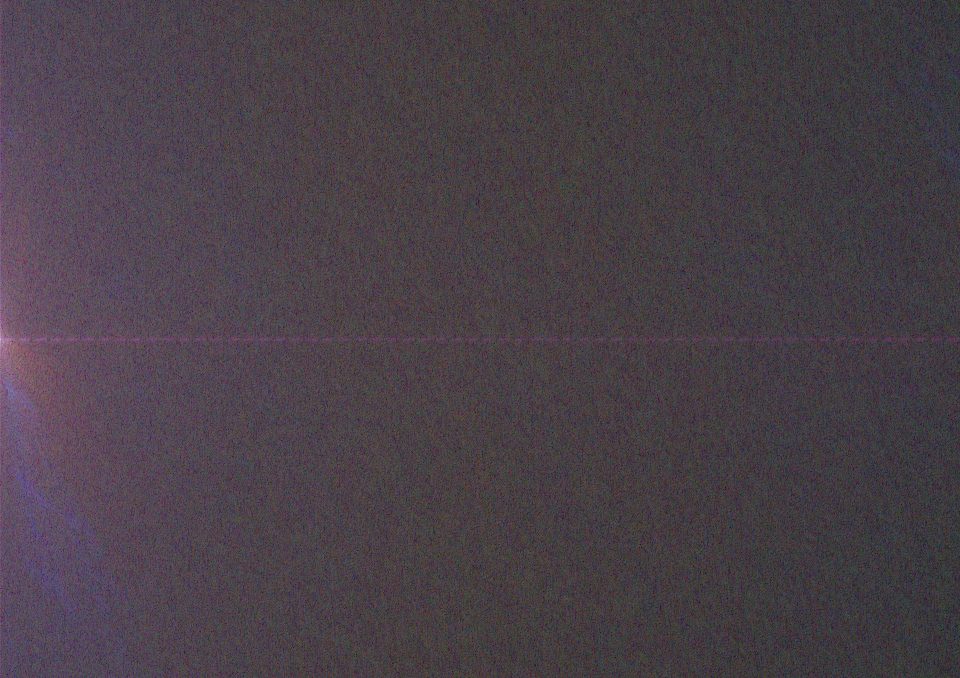ARTIST IN RESIDENCE
RITUAL / PERFORMACE / COMMUNITY06.2021
Nadalokal will welcome Zosia Hołubowska and Julia Giertz as residents. During their stay they will work on the “Community of Grieving”, an intimate ritual that creates space for mourning over what we as a collective have lost during the pandemic. It searches for new forms of being together. The ritual engages music, choreography and a new media installation. In terms of music, the project refers to the Eastern European tradition of lamentation and evening liturgy, i.e. vespers present in many Christian rites. The movement of the performers is oriented towards holding the space for the audience to go through a landscape of emotions. The new media installation in the middle represents the focus point of the ritual, organised around a circle.
Originally, the work consisted of an electronic music concert using singing, synthesizers, and advanced digital audio transformations, a choreographic score for the audience to do at home, and an online chat after the concert presentation. The work was commissioned and premiered in this form at the Unsound Intermission (internet edition) in October 2020 and financed by Austrian Cultural Forum in Warsaw. It was presented via Radio Kapitał and at Discord Channel of the Unsound Festival.
In 2021, artists Zosia Hołubowska and Julia Giertz would like to reformulate their work into a multimedia live event. (immersive performance). For this purpose, the musical part will be transformed into a more flexible structure, using a generative approach to composition. This will allow for improvisation and recreating digital sound processing in such a way as to obtain a slightly different effect each time, maintaining the dynamics of the composition. The artist will collaborate with Isabella Forciniti to develop an elastic score and invite the musician to improvise. Forciniti will also act as a technician and join the core performance piece. It will allow the work to travel and be staged in various locations more easily.
In addition, the artists plan to cooperate with two performers/singers (Veza Fernandez and Edka Jarząb) to create a micro-choir that will be able to reproduce elements of the composition using polyphony and intertwining layers of singing. The vocal parts are composed with archaic ways of singing in mind, referring to “natural voice practice” by Kristin Linklater and “singing as life practice” by Emma Bonnici. The latter will train the team in order to tune the voice timbres of the performers together and develop a sustainable singing performance approach. The performers will act as ritual hosts, guiding the audience through chapters of the rite, allowing them to experience grief collectively and finding ways to accept it. However, the composers do not want to put the performers in the position of therapists, leading to their emotional exhaustion. From the composers standpoint, it is crucial to find a performance methodology that will enable the performers to conjure a space for something genuine to happen without burdening them with the emotional responsibility of the whole collective.
The initial outline of the project assumes creating a ritual situation, a space for care, as opposed to a show or spectacle. Hence the idea that the event would take place in the dark, with the audience sitting or lying on their backs on the floor throughout the entire space, without being divided into auditorium and stage.
The choreography of the performance will be developed according to two principles: voice/body relationship and offering care. Voice and body relationship is closely linked to resonance points in the body, as pointed out by Linklater. The first imperative will focus on working with energy, presence in space, and maintaining the atmosphere of the ritual. The points of reference are the practice of the Węgajty Theater and the creative interpretation of Polish ritual traditions. The second pillar of the choreographic approach is informed by radical softness methodology developed by Claire Lefevre, who will join the working team as choreographic consultant. This approach focuses on welcoming the audience into the space and guiding them to slowly immerse in the experience. It will also support the audience to find their way on the other side of the performance. The composers would like to establish a room to share the thoughts and emotions provoked by the piece in the form of horizontal feedback at the end of the performance. Lastly, Lefevre approach proposes including the post-performance care for performers as a crucial phase of developing a performance, therefore each premiere is followed by an evaluation and regeneration work.
Zosia Hołubowska (born in 1988 in Poland) is a queer sound artist, musician, and music curator, who began working and living in Vienna in 2016.They explore archives of folk Eastern European music, as well as traditions of magic, herbalism, and demonology. Hołubowska experiments with archaic ways of singing to create queer soundscapes, installations, performances, and audio essays. They also design sound for performances and video art. Most recently they curated and coordinated the queer synth laboratory Sounds Queer? where they organize, facilitate, and run workshops on electronic and synthesizer music for women, queer and non-binary people. Currently, Hołubowska is a Ph.D. Fellow at the Academy of Fine Arts. Their research deals with experimental queer methodologies in sound art and singing as a knowledge creation process. Hołubowska has performed in Mumok (Austria), Guggenheim Museum (Bilbao, Basque Country), La Gaite Lyrique (Paris, France), AMOQA (Athens, Greece), Sluice Gallery (London, UK); their last sound installation was shown at the Research Pavilion in Venice (Italy).
Julia Giertz has a background in choreography as well as engineering. Today she works with physicality of sound in relation to bodies, structures and electronics. The core of her work is immersive audio which is often manifested in multichannel sound compositions. Since the relationship between the body of the listener and the sound in the space is such a vital part of her method, some of the stereo versions on this website will just give an idea of the music and can not be compared with the embodied experience taking place in a physcial composition. She has presented works at the Venice Biennale, Unsound, Intonal, Kunsthal Charlottenborg, Audiorama, MDT, K3 Hamburg, Norrlandsoperan and Norberg amongst others. She gives lectures in immersive audio, synthesis and composition at the Malmö Arts Academy and Elektronmusikstudion (EMS) in Stockholm. As an audio engineer she has been supervising the development of the multichannel studio at the Royal Arts Academy in Stockholm. Giertz is currently based in Stockholm, Sweden.

